Why Choose Bite Size
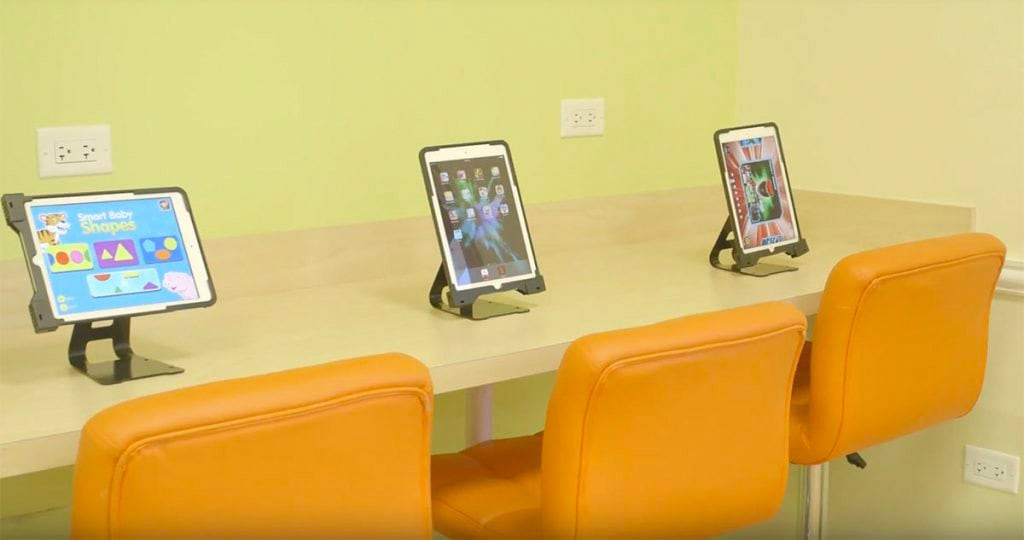
A Kid-Friendly Environment
From iPads in the waiting room to TVs to watch a favorite movie during your appointment-we’ve made sure to catch every detail to make sure that your child is excited for their visit. Our bright, colorful, and kid-centered environment helps children feel comfortable during their visit and makes it fun too! Check it out for yourself.

Pediatric Dentistry Options
We value each patient and their experience at our office. Our recommendations are custom tailored for each family/child. We offer a variety of treatment options and alternatives to traditional methods. We are happy to discuss what options exist for your child!
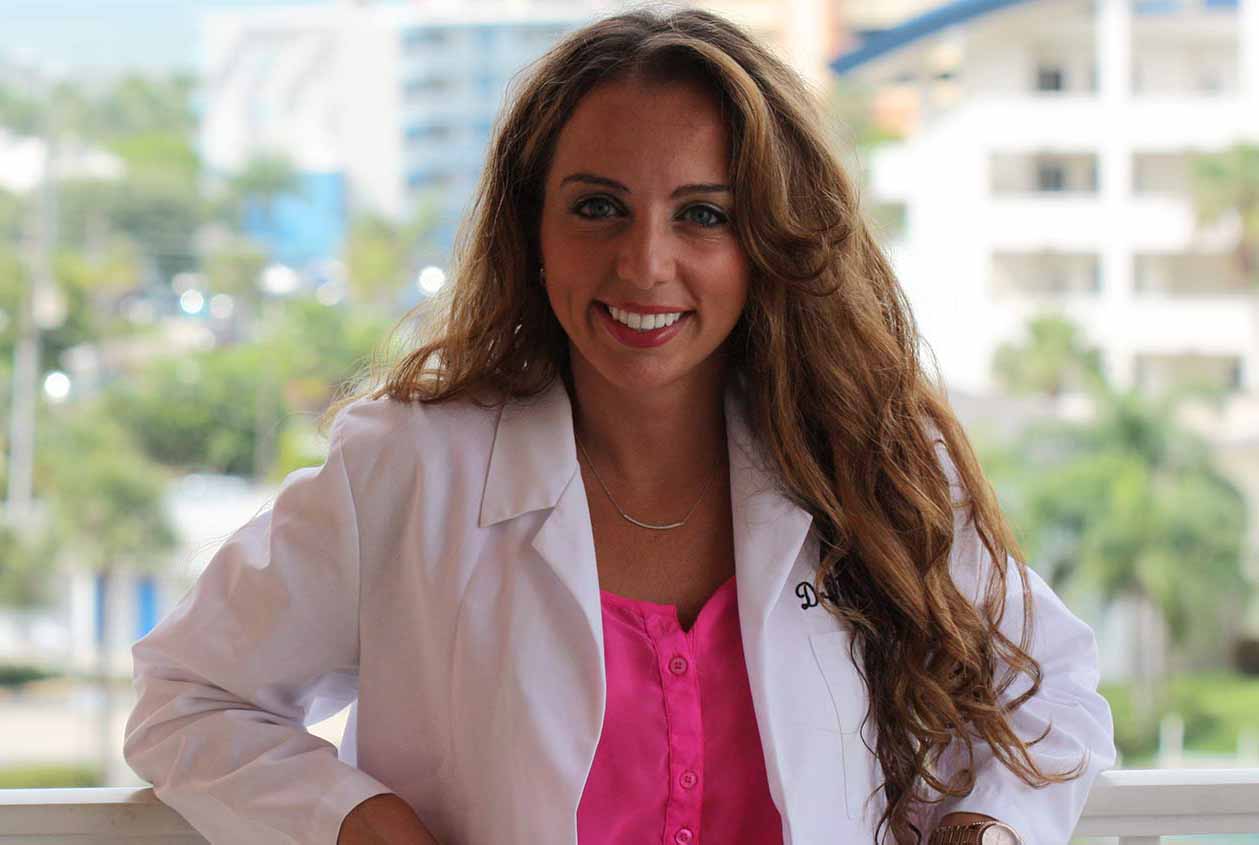
Top Notch Dentists!
Dr. Denise Bozonelos (maiden name Maniakouras) is a board certified pediatric dentist, specializing in dental care for infants, children and teens (including children with special needs). A mom herself, she knows what it’s like to want the best for your little one and she is ready to help with any questions you may have! Click to meet our team.

Special Needs Welcomed
Our skilled team and dentists welcome children with special needs. We will do what we can to ensure children have a visit tailored to their needs.
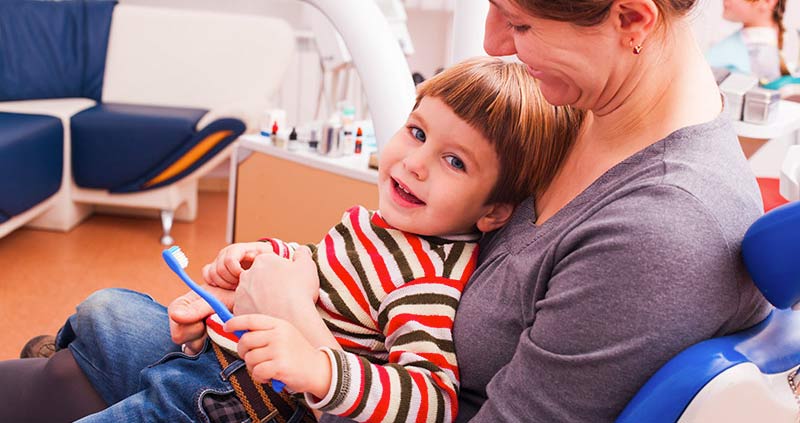
Parent Incentives
As parents, finding time to do everything can get hard! At Bite Size, we offer afternoon and weekend appointments to help ease with scheduling. We encourage the parents of our practice to be part of the experience, we welcome parents into the treatment rooms and love having them part of their little ones visit. Watch our parent testimonial video.

Five Star Services
We take pride in meeting the needs of our families. Our team strives to go above and beyond to deliver exceptional, professional care to your child. Read what our patients have to say about us!
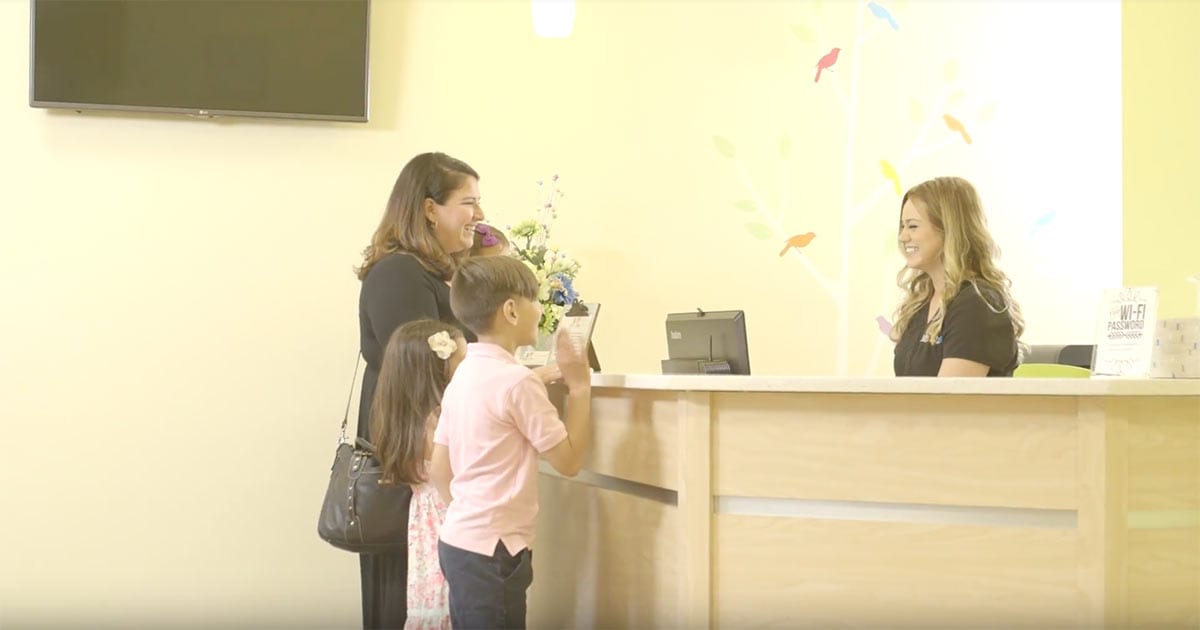
Dental Insurance/ Financial Options
Specialized dental care for your child is important. We are in-network pediatric dental insurance providers (PPO) and will verify your insurance benefits prior to your visit. Our team prides themselves in explaining and understanding your individual dental benefits. Financial plans and CareCredit are also accepted. Learn more about our insurance options.
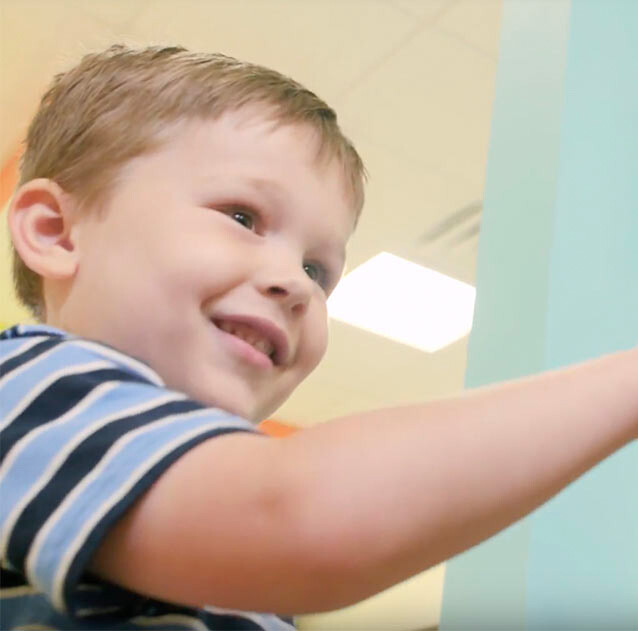
More Than A Dental Office
We love our patients! We like to do more than simply talk about teeth here. At Bite Size Pediatric Dentistry, we truly love giving back to our patients and community. We have a strong value in community and leadership and strive to pass that on to our patients. Through contest/raffles, food drives, Toys for Tots, we are always exploring ways to give back to the community we serve
Happy Patients & Parents
My daughter was having anxiety about visiting the dentist for her first time. Thanks to the super friendly and kind staff she felt comfortable right away. They personalized her experience and we left without a tear. She wants to be a dentist now!
Lauren Benoit
This place was AMAZING! I took my almost 6 year old in for the first time and everyone from the front desk staff, to our hygienist Angela, to Dr. Denise – they were absolutely wonderful! So kind and patient with my very nervous son, they made his (and mine) visit a breeze. I cannot say enough nice things about everyone there. Gavin can’t wait to come back in 6 months! Thanks again for a positive experience.
Emily Loman
Bringing your two year old little girl to a dentist knowing you’re most likely going to hear she needs it pulled due to a bad fall, not something to look forward to. Very emotional time for parents. However, our experience at this practice with the doctor and staff was better than I could have imagined. Everyone was so welcoming, comforting, and all smiles. The doctor herself was kind, very friendly. From the second you walk in it’s a very inviting atmosphere for a child. My daughter wasn’t in a hurry to leavel Toys and chapstick, what more could a kid ask for
Katie Bosi
My daughter Emma had such a great first dental experience! The staff is very friendly, the office is very clean and decorated extremely well! She loved playing on the iPad while waiting to go back. She also loved watching a movie while they brushed her teeth. The dental hygienist explained everything before she did anything and kept my 3 year old at ease. Dr. Denise is great with kids and so kind. We would recommend this office to anyone looking for a pediatric dentist. I wish I could go here!
